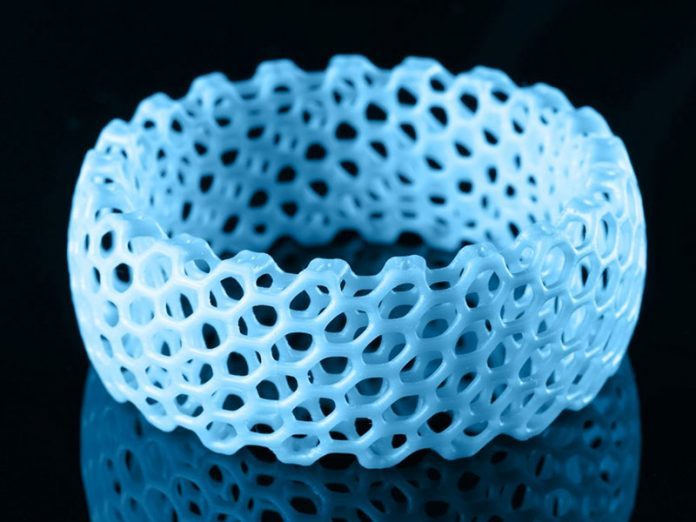Solid ground curing (SGC) is a photograph polymer-based added substance assembling or 3D printing innovation utilized for delivering models, models, examples, and creation parts. In which the generation of the layer geometry is completed by methods for a powerful UV light through a veil. As the premise of strong ground curing is the presentation of each layer of the model by methods for a light through a cover, the preparing time for the age of a layer is free of the nature of the layer.
History of Solid Ground Curing
Solid Ground Curing (SGC) was produced and marketed by Cubital Ltd. of Israel in 1986 in the elective name of Solider Framework. While the strategy offered great exactness and a high creation rate, it experienced high securing and working expenses because of framework unpredictability. This prompted poor market acknowledgment.
While the organization still exists, frameworks are never again being sold. Overall, it is yet an intriguing case of the advances other than Stereolithography. Its pre-deceasing quick prototyping process that likewise uses photograph polymer materials. However, Objet Geometries Ltd. of Israel held protected innovation of the procedure after the conclusion of Cubital Ltd. in 2002 the innovation is never again being delivered.

Strong Ground Curing was initially created and sold by Cubital Ltd. of Israel. Their framework was exceptionally overwhelming and in this manner experienced high beginning and working costs that in the end caused their defeat. The organization never again exists and Objet Geometries, Ltd in Israel has procured its protected innovation.
Highlights of Solid Ground Curing
You can use high speed for production of large parts: 500*500 quickly. To create masks you need to follow a laser-like printing process and expose the full later all at once. Moreover no post-cure is required which fosters for a quick transition to milling.
The milling step will ensure the subsequent layers are flat but you will need a wax-supported model. This guarantees no extra support but expect many waste in the end. The Solid Ground Curing venture is not as prevalent as SLS or SLA. What is making it gain ground is the large, high throughput parts, which you can fabricate with more than just one 3D printing technology.
Solid Ground Curing Technology
Solid ground curing uses the common technique of coagulating of photopolymers by an entire lighting and solidifying of the whole surface, utilizing exceptionally arranged masks. In SGC process, each layer of the model is cured by presenting to an ultra violet (UV) light rather than by laser checking. So that, each part in a layer are at the same time cured and do not require any post-curing forms.

This technology will however be null if you do not follow the following accompanying steps.
Solid Ground Curing Process
- Ascertaining cross segments. You need ascertaining a cross segment of each cut layer in light of the geometric model of the part and the coveted layer thickness.
- Optical cover. The optical cover is produced fitting in with each cross segment.
- Covering the platform. In the wake of leveling, the stage is secured with a thin layer of fluid photopolymer.
- Mask positioning. The cover relating to the present layer is situated over the surface of the fluid pitch, and the gum is presented to a powerful UV light.
- Residual fluid. The lingering fluid is expelled from the work piece by a streamlined wiper.
- Filling voids. A layer of softened wax is spread over the work piece to fill voids. The wax is then hardened by applying a cool plate to it.
- The layer surface is trimmed to the coveted thickness by a processing plate.
- Covering work piece. The present work piece is secured with a thin layer of the fluid polymer, and stage 4 to seven are rehashed for each succeeding upper layer until the point that the highest layer has been prepared.
- Melting. The wax is liquefied endless supply of the part.
Advantages of Solid Ground Curing
- Solid Ground curing framework do not need a help structure. No extra support is needed since wax is utilized to fill the voids.
- Accuracy of procedure. The model created by Solid Ground Curing process is nearly precise in the Z-bearing in light of the fact that the layer is processed after each light-presentation process.
Disadvantages of Solid Ground Curing
- Too much waste. In spite of the fact that it offers great exactness combined with high throughput, it delivers excessively waste.
- High operational costs. Its working expenses are relatively high because of the frameworks many-sided quality.
Strong Ground Curing (SGC) forms are reasonable for building various parts with various geometries and measurements in clump creation of fast models; in any case issues in demonstrate precision, quality, and material properties of models restrict their applications. This is because it implores not just 3D printing but also other forms of printing technology such as:
- Stereolithography (SD). It is a method used to create 3-D printed objects. It uses a Stereolithography to convert liquid plastic into solid objects.
- Continuous liquid interface production
- Ultrasonic consolidation.
- Contour crafting
- Electron beam melting
There are different versions of solid ground curing. One for instance tons the whole procedure to just six steps:
- Spraying photosensitive resin. You need using the Data Front End, Cubital’s software to create a CAD model. You have to spray the flat working surface when you start on layer creation steps.
- Developing the photo mask. For each of the layers, you can produce a photo mask by using Cubital’s proprietary ionographic printing technic.
- Exposing the photo mask. You will need a UV lamp for this to position the photo mask over your working surface. The UV lamp will help harden the exposed surface.
- Vacuuming uncured resin and solidifying remnants. Once you are done curing, you need vacuuming all the uncured resin. This recycling will leave you the hardened areas intact.
- Applying wax to replace uncured resin areas.
- Mill the top surface flat.
Solid Ground Curing is diverse. The earliest signs are the number of 3 DS printing technologies that you can use. Cubital’s software is well endowed, and it counters modernism in a way that makes it stay at the apex of ground curing.







